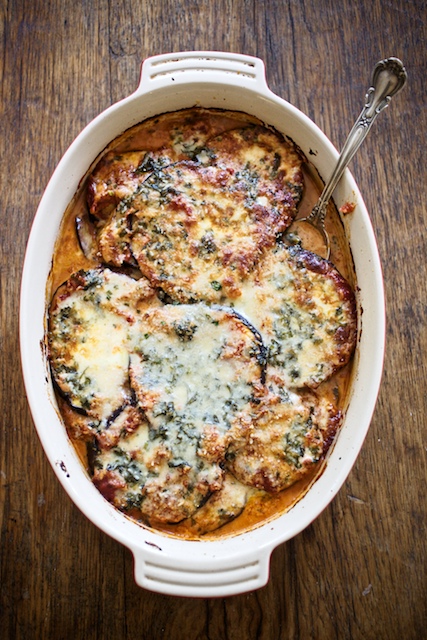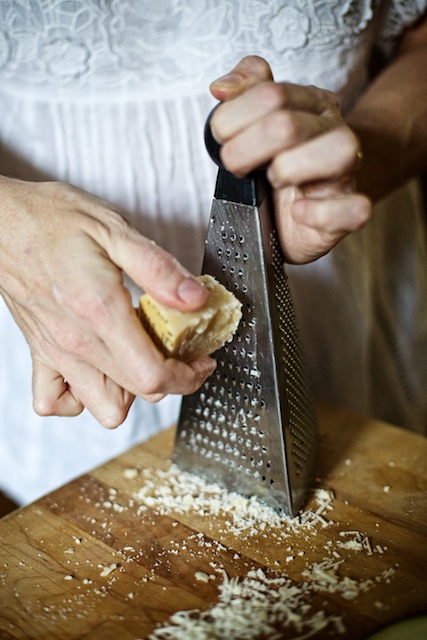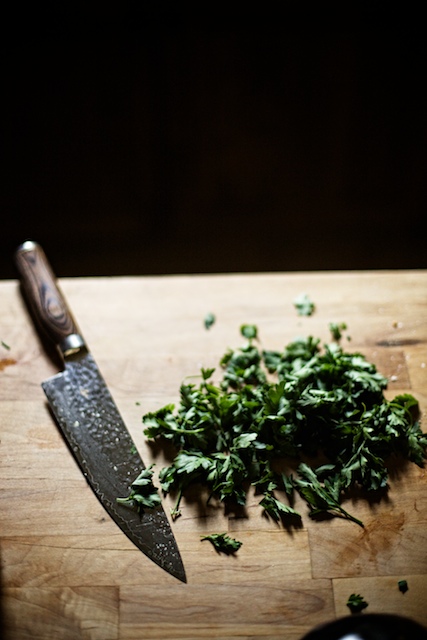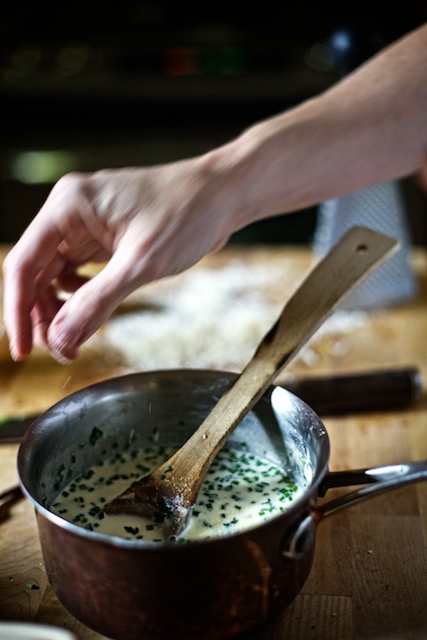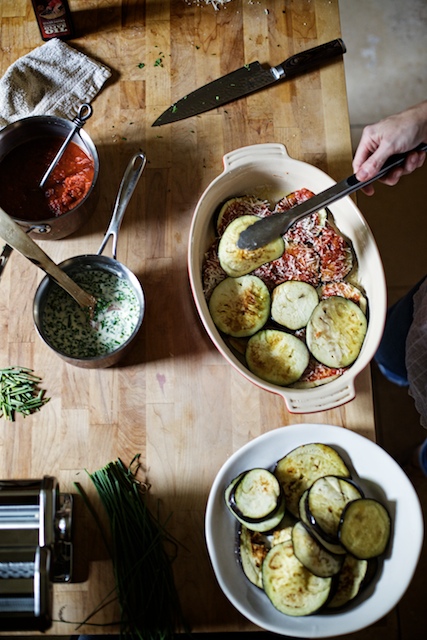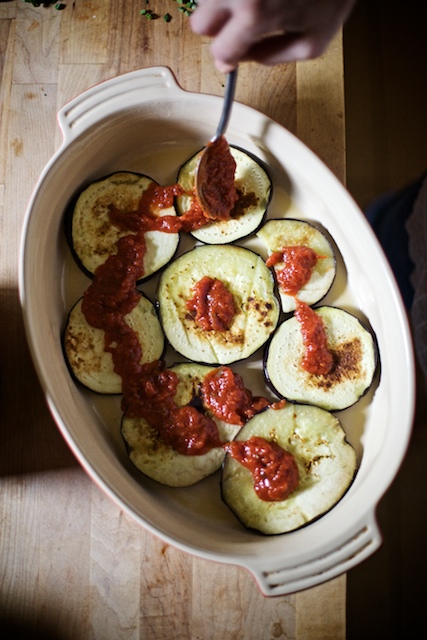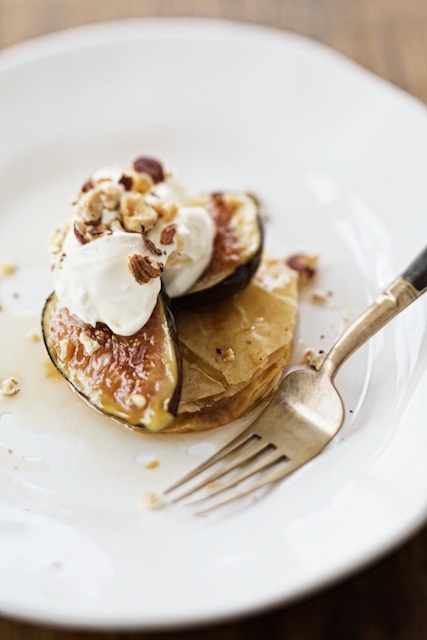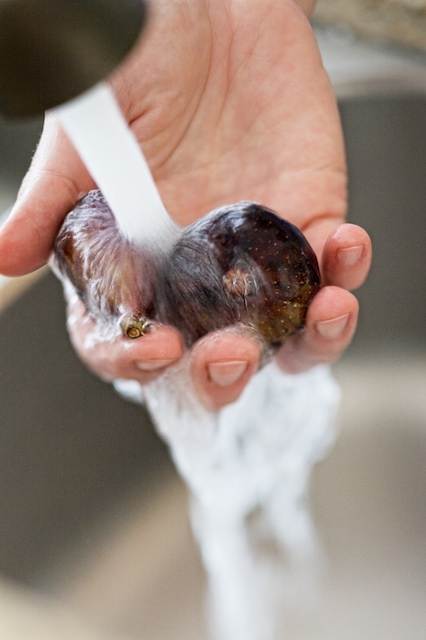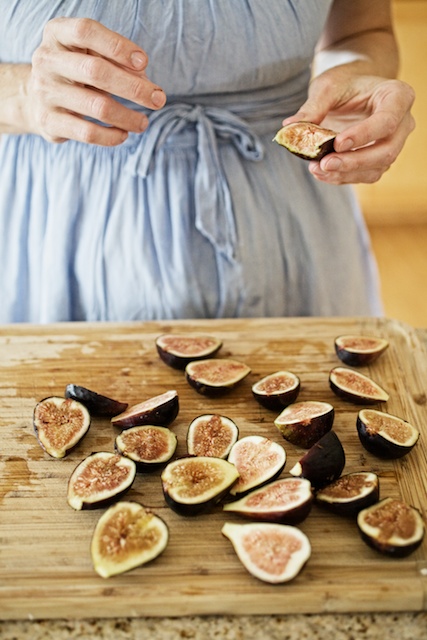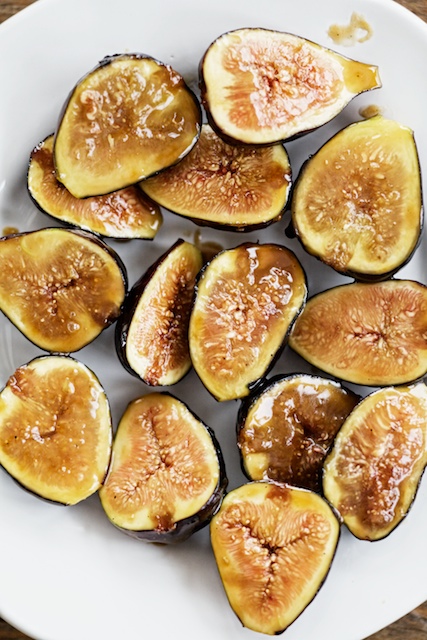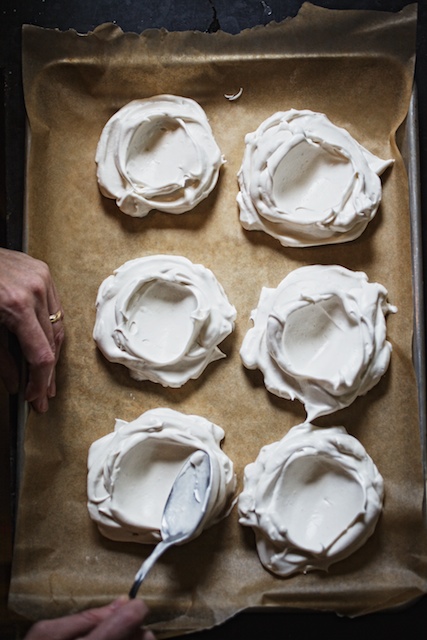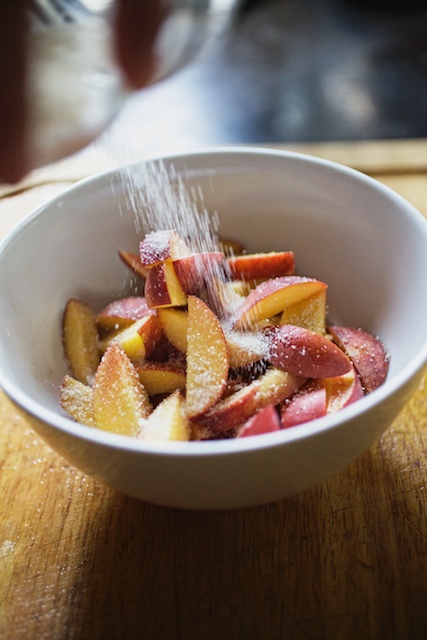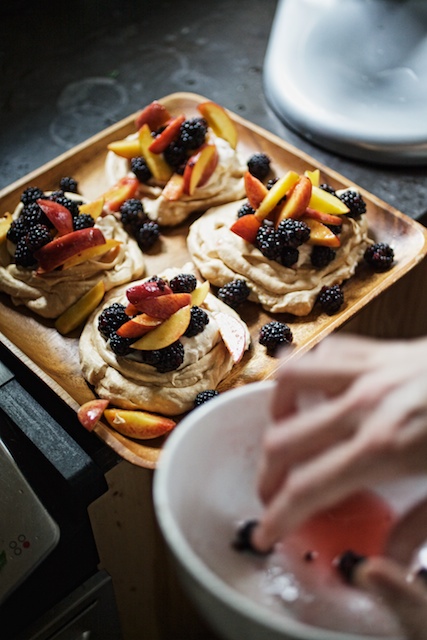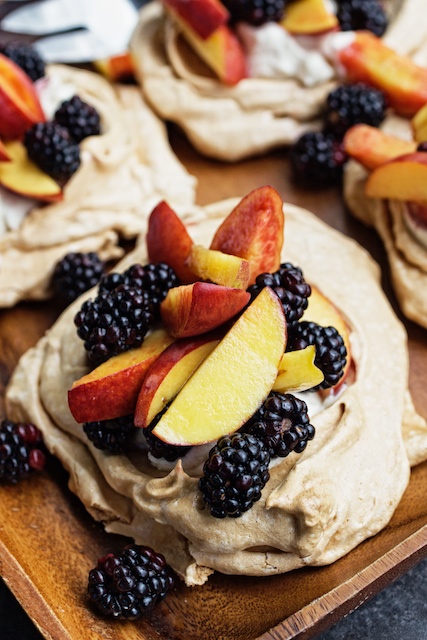Late-summer crops are always full of memories. Perhaps because I spent so much of my childhood summers in Louisiana with my grandparents, or perhaps just because summer cooking took over my grandmother’s life and filled her house with the steamy scents of roasting okra and frying catfish, or perhaps because summer afternoons were spent among endless jars of pickled okra, tomatoes, and peach preserves. These are the taste memories that are strongest for me, and summer is the time I most often remember that I am a Southern girl, one who grew up on the sandy soil of Southwest Louisiana.
Not long ago, I discovered the lush and deeply evocative writing of Edna Lewis. Her classic, The Taste of Country Cooking, is a gorgeously written history (in the guise of a cookbook) of a vanished time and place. Lewis, the granddaughter of freed slaves who went on to become a hugely successful New York city chef, recounts growing up in Freetown, Virginia—a place and time captured for us in the gorgeous prose and dreamy amber of her memory. Her recipes and stories are divided into seasons, and she recounts the joys of the first asparagus in spring—the taste must have been so alive, so green after months of winter when the ground yielded nothing fresh to eat. She talks about catching shad—fish that came from the ocean to the inland waterways to spawn in the spring. That was the only fish they ever had, and it only appeared in the spring. It was such a treat that it was served for breakfast. Summer brought watermelon cooled in the spring, and hand-churned ice cream. Fall brought earthy root vegetables and game, while winter meant long evenings near the fire and long-simmered holiday dinners. Each season had its rhythms, its joys, its celebrations, and its inevitable losses as one season waned to make room for the joys of another, the pain of loss forever salved by the glorious recompense of nature.
Read Edna Lewis and remember that summer is a season to be celebrated too. As enchanted as I often am with the cuisines and dishes of far-off places, and while many writers assert that the United States has no food traditions or culture of its own, I am truly grateful to Miss Lewis for reminding me that I am from a place that has deep roots and taste memories, a place I am forever glad to call home.
Eggplant Gratin with Herbs and Creme Fraiche
2 medium to large eggplant, sliced 1/2″ thick
salt & pepper
olive oil
1 quart simple tomato sauce
3 Tbs. minced chives
3 Tbs. minced parsley
1 Tbs. thyme leaves
12 oz. creme fraiche or heavy cream
4 oz parmesan cheese, grated
Preheat oven to 375. Season eggplant slices with salt and pepper. Brush lightly with olive oil. Heat a large skillet or griddle pan over med-high heat and fry eggplant slices in batches until golden on both sides. Set aside while you prepare the creme fraiche. Place creme fraiche or cream in a small saucepan and bring to a simmer over medium heat. Reduce to about 1 cup, then stir in half of the grated parmesan and all of the chopped herbs. Season with a pinch of salt and pepper and set aside. Oil a 9″ casserole or gratin pan and place eggplant inside in a single layer. Cover with a thin layer of simple tomato sauce and a sprinkle of parmesan. Make two more layers of eggplant and sauce, covering the top with tomato sauce. Ladle over the reduced creme fraiche or cream and sprinkle on a final layer of parmesan cheese. Bake uncovered until browned and bubbling, about 25-30 minutes. Let rest briefly before serving. Also delicious at room temperature.

